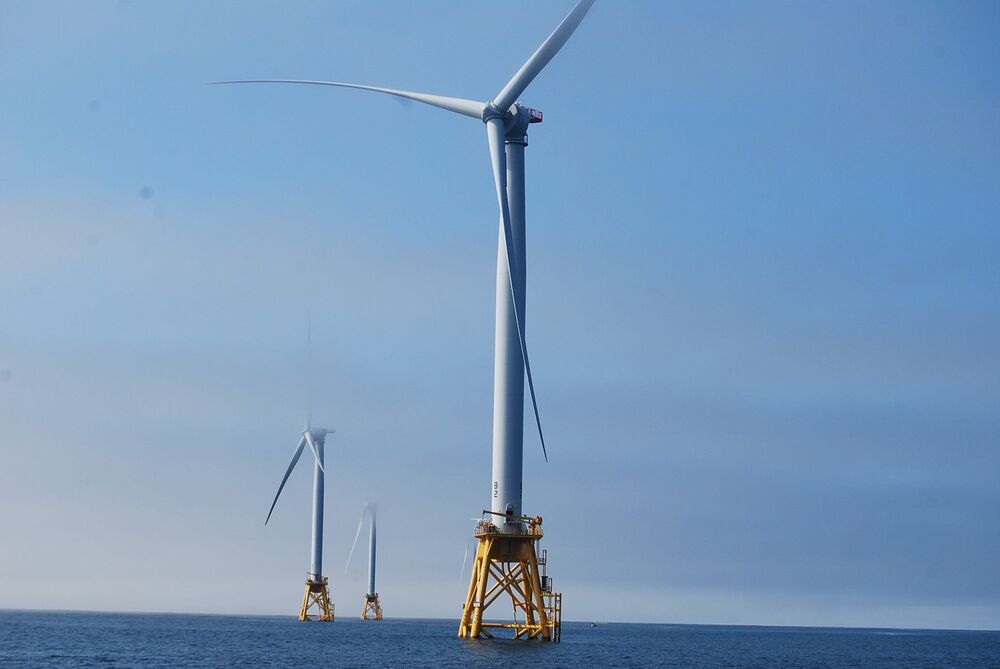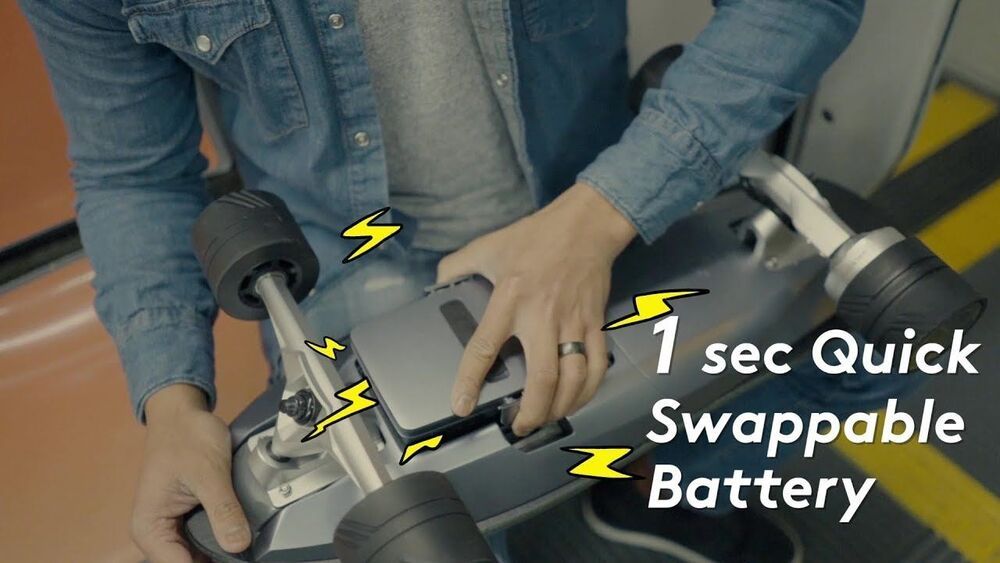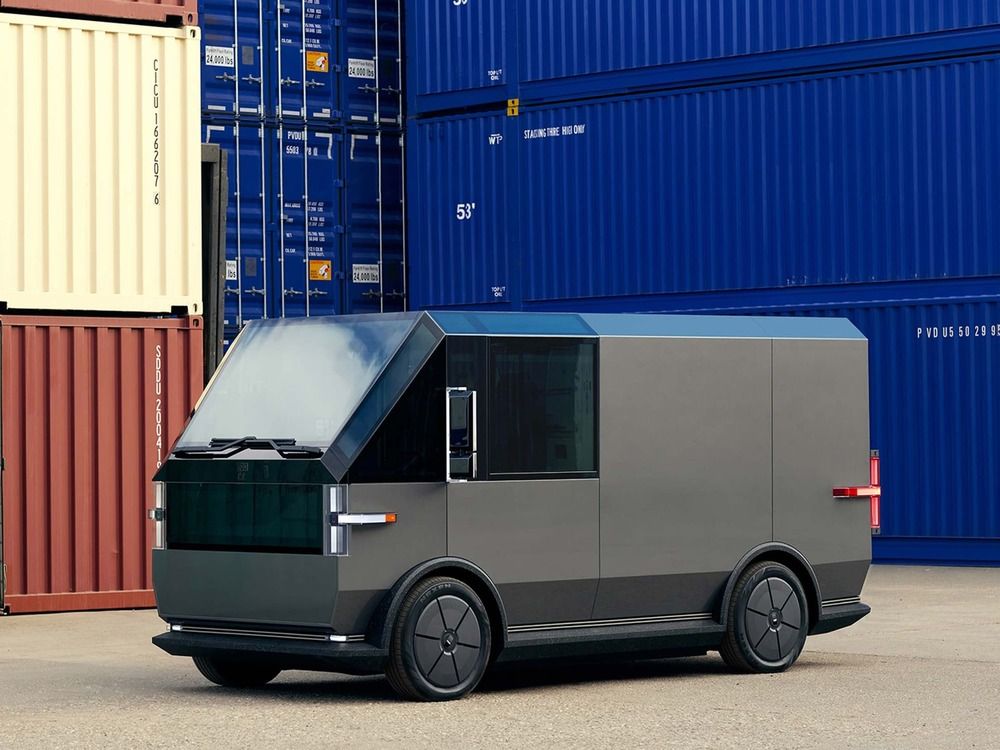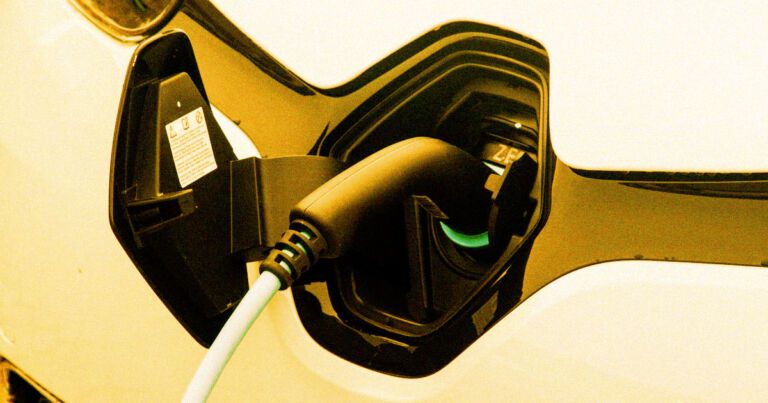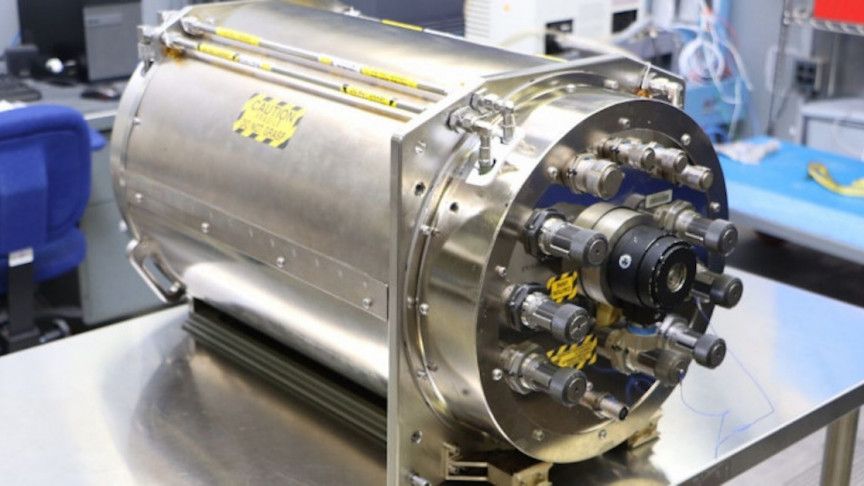India is getting to work on what will be the largest renewable energy project in the world. Prime Minister Narendra Modi laid the foundation this week — physically — for the 30 gigawatt (GW) wind and solar power project being built in his home state of Gujarat, India.
It was not that long ago that 30 megawatts was a large renewable energy power plant, and 300 megawatts is still considered a large project. 30 gigawatts is 30, 000 megawatts. I know — it doesn’t really seem to make sense. It can’t be that large … right?
Well, there’s no way it’s a single standalone project — but this is apparently a real projects of sorts (series of renewable energy power projects in the same general area) that will reportedly total 30 GW. For some comparison, in total, all across the United States, from Florida to Hawaii, we have 49.45 GW of solar power capacity installed from large solar power plants (not including rooftop solar). India plans to have “one project” in one state total 30 GW — down a bit from the 41.5 GW we reported at the beginning of the month (unless that is simply a longer-term plan). India itself had only 42.8 GW of solar power capacity installed at the end of 2019. Only 5 countries had more than 30 GW of solar power capacity installed.

